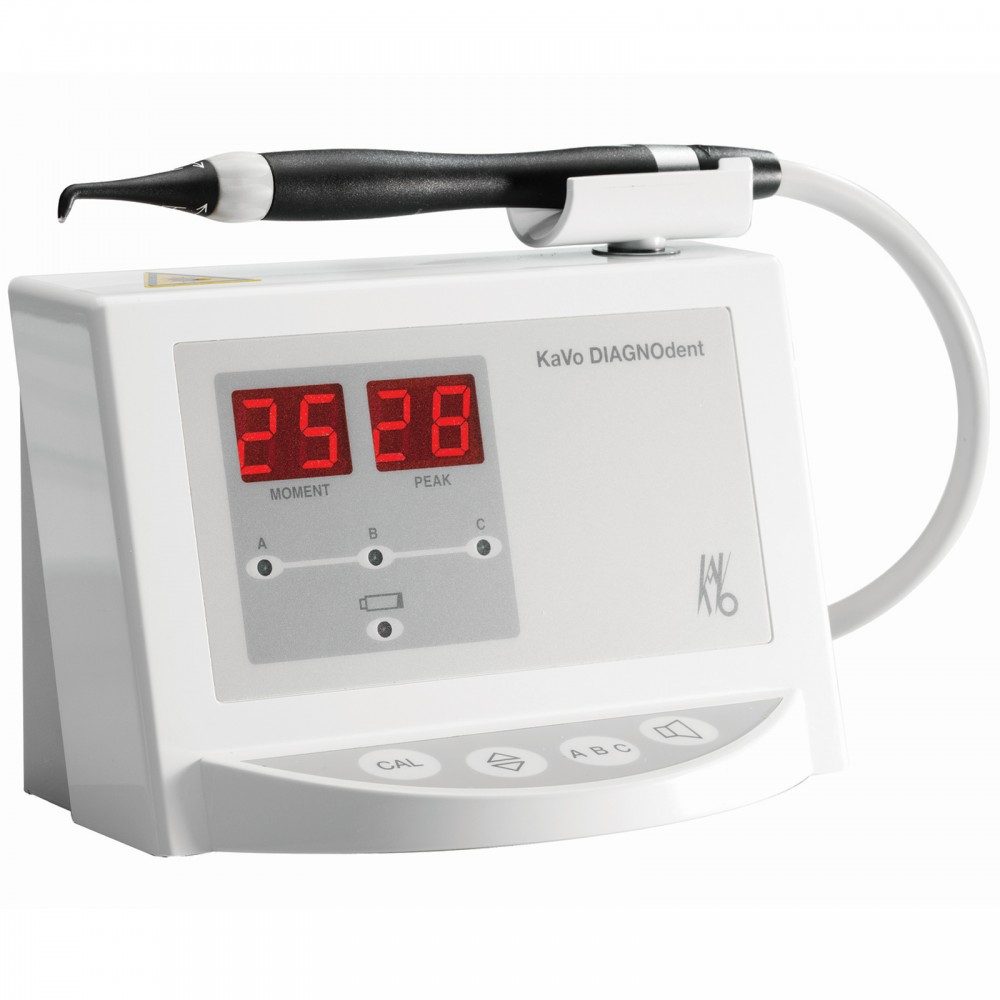Visiting the family dentist has changed a lot over the years. Today’s dental professionals are equipped with modern equipment that assists them in delivering better services to their patients. This is true even for the identification of cavities. While many general and family dentists still rely on dental picks and x-rays to find cavities in their patients’ teeth, others take advantage of modern tools. Among these tools is a piece of equipment known as DIAGNOdent. It catches cavities early while they are still small and insignificant. Thanks to this technological marvel, DIAGNOdent catches cavities in their earliest stages, identifying decay when it is just beginning.
DIAGNOdent Catches Cavities Early Before They Become Invasive
Since DIAGNOdent catches cavities while they are still small, it is beneficial to the patient on many different levels. These advantages include:
. Less stress thinking about the size of the cavity
. The use of procedures that are less invasive
. Less pain
. Smaller fillings
. Lower expense for necessary procedures
. Better chances of saving the tooth and/or avoiding a root canal
DIAGNOdent Catches Cavities Early, But How Does It Do It?
This desktop device uses a specialized laser to identify decayed areas of a tooth. When the light shines onto the tooth, the decayed portions fluoresce. The device is able to measure the amount of fluorescence that occurs in order to show just how much decay exists. Since DIAGNOdent catches cavities early while they are small, it makes it easier for the dentist to treat them.
DIAGNOdent Catches Cavities Earlier Than Traditional Methods
Designed to identify subsurface decay, DIAGNOdent catches cavities at a stage when they have not yet compromised the entirety of the teeth despite the fact that decay has started. This enables your dentist to repair the existing damage, while keeping as much of your tooth intact as possible. With traditional methods, cavities are not visible until they have done considerable damage to the teeth. As a result, the fillings that are needed are much larger than they would be using a diagnostic tool such as the DIAGNOdent, which catches cavities at such an early state that the damage is minimal.




 December is finally here, and if you’re not already hyped about the holidays, you’re about to […]
December is finally here, and if you’re not already hyped about the holidays, you’re about to […]

